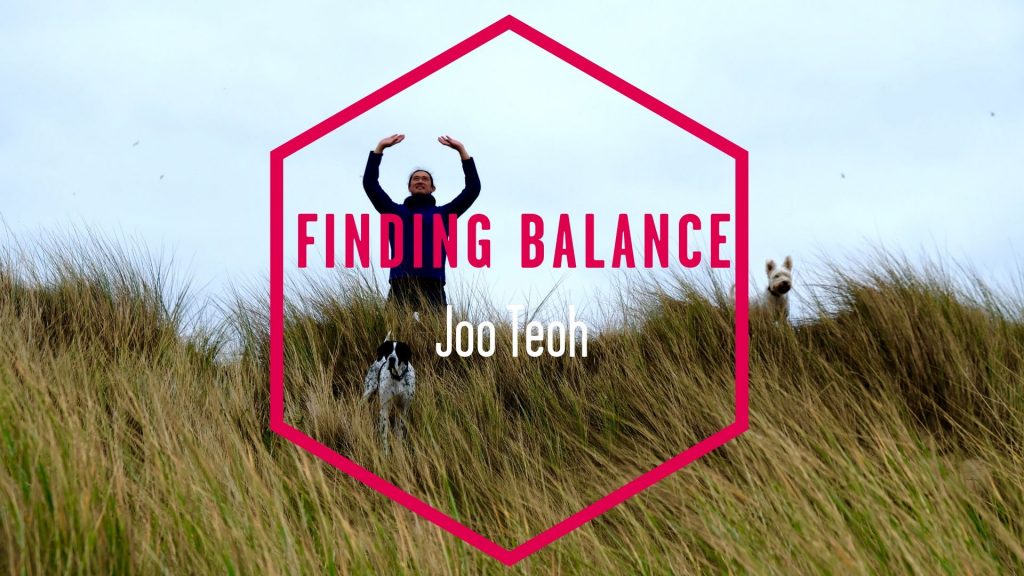
Is finding balance something you find difficult? MFML teacher Joo Teoh explores what it means to feel balanced and how we can find a sense of ease in the hardest situations.
On days when I feel small, tight or upset, I think of Judith Lasater. Not because she reminds me of being small, tight or upset – quite the opposite. She is the woman who taught me how to include the painful parts of my being into my daily reality. I remember asking her naively the first time I studied with her, “How can including pain be a good thing?” Her answer, “You don’t have to like it but you can be aware it’s there.” For me, this was my first nudge towards understanding and finding balance.
Pleasure and Pain
Most of us slip and slide daily between pain and pleasure. We think we need to be somewhere other than where we are, especially if where we are isn’t pleasurable.
What are days for?
Days are where we live.
They come, they wake us
Time and over.
They are to be happy in:
Where can we live but days?Ah, solving that question
Philip Larkin, Days
Brings the priest and the doctor
In their long coats
Running over the fields.
Choosing Awareness and Acceptance
If we constantly only want to be well and happy, we would only be setting ourselves up for failure. You may have a good idea of how things feel when you’re balanced, and what happens when you’re not.
On my good days, there is a sense of ease, acceptance, or contentment with all the changes that are happening in my life. It doesn’t mean I have to like what’s going on, but if it’s my reality, I find gratitude for my life, and I do what I can to stay with this awareness. This conscious choice to stay with whatever is going on is what helps maintain a sense of balance. It has been a process of redefining “good day” to mean being aware and accepting of my reality, instead of struggling against it, wanting to be somewhere else. Obviously, easier said than done. So, here are three practices which help bring me back into perspective.
1. Look at the shadow
One extreme illuminates the other. When the unpleasant stuff shows up, what can we learn from it? If I don’t want to be here, where would I want to be instead? You’ll find the “eight worldly concerns” in Mindfulness and Buddhist texts: they are pain and pleasure, shame and fame, losing and winning, praise and blame. We are constantly swinging somewhere between these spectra. “Do I like this or not?” Regardless whether or not we like what we are experiencing, it is useful to remind ourselves that there is room for change, and that change is coming.
The next time you find yourself in a painful situation, stop and contemplate these four questions:
- Why do I dislike this situation?
- Can my displeasure show me what of my needs are not being met?
- Can I do anything to satisfy these needs?
- Can I be OK with these needs going unmet?
This exercise doesn’t solve my problems, but it gives me clearer actions and decisions for which I can be responsible and accountable. Being intimate with my own insecurities is not a fun thing to do, but contemplating and writing it down gives me perspective on my negative reactivity.
These four questions are also worth contemplating on a good day, when we experience pleasurable sensations, as a practice of unhooking ourselves from attachment to pleasure. I love these lines from a poem by Alice Walker: “Even as I hold you, I think of you as someone gone far, far away. Even as I hold you, I am letting go.”
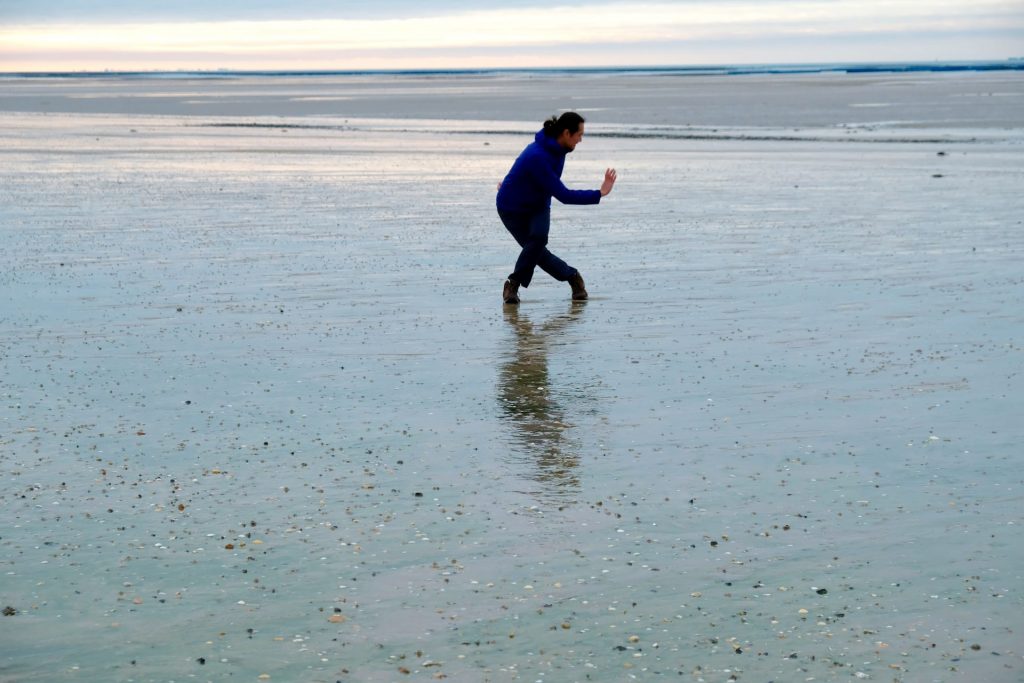
2.Contact Nature
“For millions of years, an ancient conversation has continued between the chorus of the ocean and the silence of the stone.”
John O’Donohue, Anam Cara: A Book of Celtic Wisdom
Although being immersed in the expanse of a forest, a seemingly unending beach, or the three hundred-sixty degree view atop a mountain will undoubtedly reduce cortisol levels, you don’t need to be in a forest, on a beach, or be up a mountain to experience the benefits of connecting with nature. Nature is everywhere, even if we are sat in a concrete box with only a potted plant. Getting in touch with nature isn’t about geography. It is about curiosity.
I am certain I am not the only person who has walked through a park full of singing birds, blooming flowers and towering trees, completely absorbed in my head, and be unable to recall anything of the walk afterwards. If you’re reading this, chances are you have access to at least some municipal planting, or a good park. Go outside, but be like Red Riding Hood and stop to smell the flowers. Stray off the beaten path, and allow yourself to be curious about your surroundings. Don’t be irresponsible. Set a timer if you have to. But give yourself permission to really connect with what is around you.
When you look at something, really stop to look. Anne Lamott introduces the “square inch picture frame” in her book “Bird By Bird” as a tool for writing (and for life): narrow your field of vision to a square inch, and keep examining this square inch. When you think you’ve seen everything, look even harder. It has always worked for me. I have always found something to surprise me. Without fail, this practice focuses and clears my mind. I give myself just two minutes on one point of focus, then shift the picture frame for the next two minutes, and so on.
Getting close to the soil
When I have too much anxious energy, I go into the garden and find something to do. Weeding, repotting, watering, tidying… there is always something to do in a garden. The simple act of cleaning the mud off a spade has magical effects on my sense of accomplishment. Special mention must be given to the therapeutic effects of tending to a plant. Touching soil is a very grounding activity. Mycobacterium vaccae, a bacteria found in soil, triggers the release of serotonin. The physical movements required in gardening – standing, kneeling, bending forward, reaching, lifting, digging – bring me out of my head, into my body and into the present moment. Watching a plant respond to being tended to is also hugely rewarding (as long as you know what you’re doing, but for that, you have Google and Youtube…)
3.The choice is ours
When people see some things as beautiful, other things become ugly.
Tao Te Ching, chapter 2 translated by Stephen Mitchell
When people see some things as good, other things become bad.
It doesn’t matter what or who knocks us off our happy place. As much as the ego mind wants to blame something or someone whenever this happens, blaming holds us back from being in the present moment, and being open to what else may come. In other aspects of life, we revel in our freedoms of choice: relationships, travel, clothing, food, internet providers… but in the microcosm of a difficult moment, we forget that we have choice.
It takes a lot of practice and patience to remember we have freedom of choice in our reactions and how we use our energy, our mind, our bodies in this present moment. When the driver behind me honks, I can choose to think: “Am I going too slowly?” or “Pss off you prck!” even “Is it a friend behind me?” or “Are they telling me there’s something wrong with my car?” or maybe it may even have absolutely nothing to do with me. He may have nudged the horn accidentally, innocently.
Confronting the ‘shoulds’
One of the most useful things I learnt from psychotherapy is to frequently question my list of how things “should” be in the world. I should have more money in the bank. I should be on time. I should be kind. I should work harder. I should be happy. I should be more patient. I should do more training. I should do more marketing for my classes. I should rest more. I should take better care of my husband and dogs. I should eat better. I should lose weight… You get the idea.
Some of these are useful, some are less so. I have learnt that these conscious and unconscious list of ‘How Things Should Be’ have shaped my reactivity to the world around me. When I get knocked off my happy place, it is likely because one of these “Shoulds” have been breached. So, when this happens, I review my list of “Shoulds”. What “Shoulds” would be on your list? Do any of these repeatedly trip you up? Finally, what do you want to do about it?
Finding Balance
These three practices may not give you the answers you are looking for. They are things that have helped me stabilize when I’m off keel. I don’t think clear answers are ever available, because everything is changing all the time. Therein lies the conundrum. How do we find balance when nothing ever stays the same? So far, all I have learnt is this: balance is steadiness in the face of uncertainty. None of us know what’s going to happen. What we can do is make room for uncertainty, and welcome it like an unexpected guest.
Are you inspired to find balance with Joo Teoh?
This gentle class with Joo will help you to find balance again
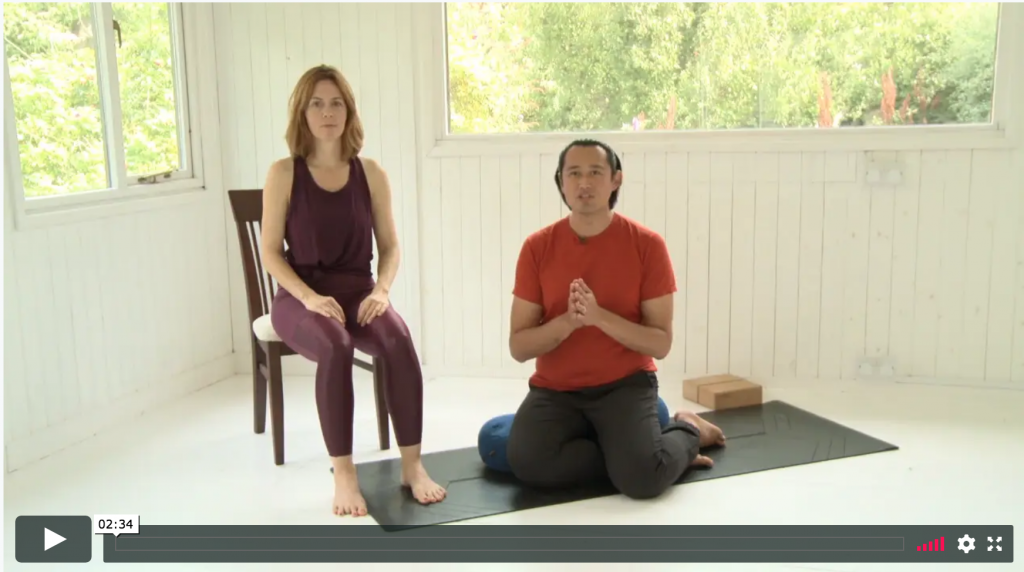
Read more about the benefits of practicing balance in yoga
About Joo Teoh:
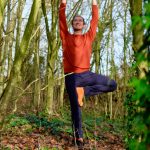
Joo Teoh is a teacher of hatha vinyasa yoga, qigong and meditation. He started teaching in 2007 in China’s first dedicated yoga studio, Yoga Yard Beijing. Joo’s main teachers are Judith Hanson Lasater, Max Strom, Matthew Raymond Cohen, and Mimi Kuo-Deemer. Joo’s classes emphasise breath, ease and intention. He believes that every human being can access the practice of yoga through giving attention to breathing consciously, finding ease when moving in one’s own body, and channeling the energy of one’s mind toward useful actions. Joo hosts private retreats in his farmhouse home in France – The Normandy Retreat House – with his husband and their two dogs.
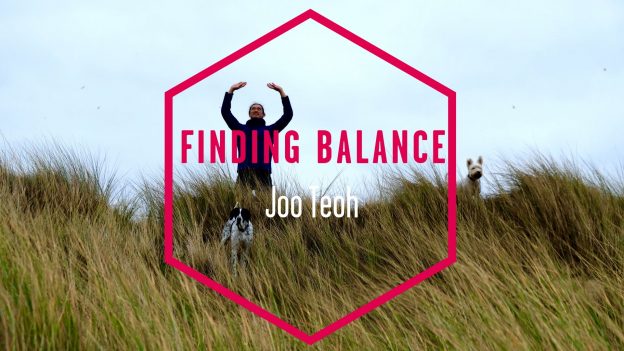




Joo, in few words: deep, real, he feels how to enter in your heart for your highest wellbeing.
I am very connected with him and his teaching advice.
Gros bisous!